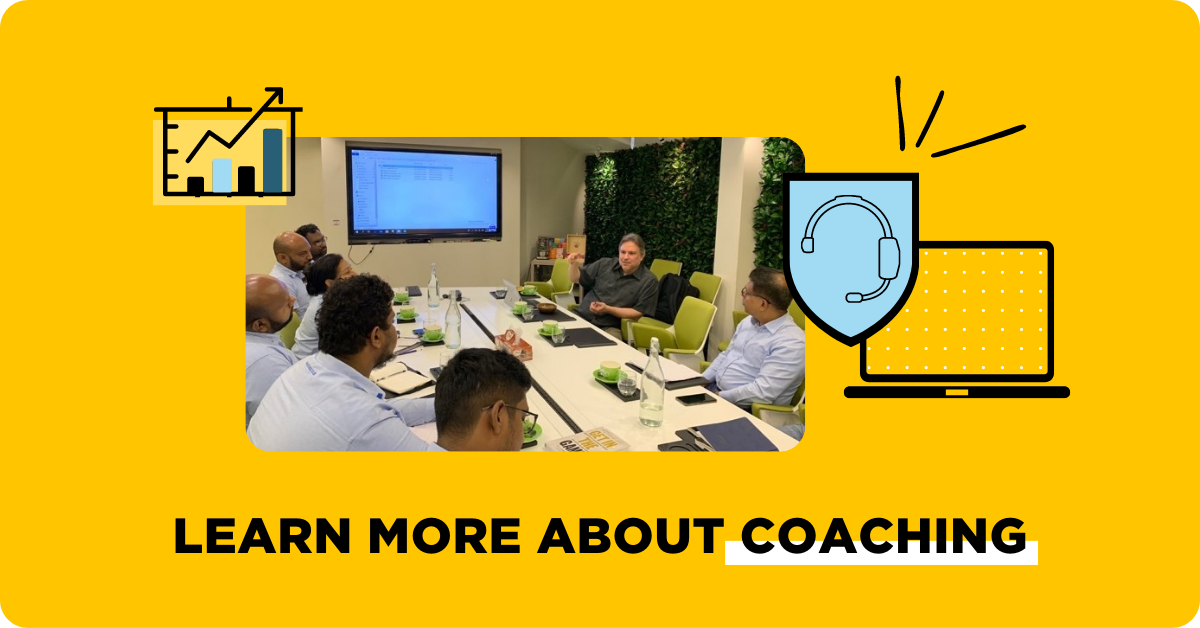Company Background
Launched in 1964 with a modest supply of black and white tuxedos, Jim’s Formal Wear (Trenton IL) has grown into one of the nation’s largest and most respected merchandisers of tuxedos, special-occasion finery, and accessories. Today, the company’s 500 employees, who operate 8 regional distribution centers and 16 retail stores, service nearly 4,000 dealers—mostly mom-and- pop bridal and tuxedo shops. Jim’s generates annual revenue of $35 million.
Business Challenges
Over the years, the company has reinvented itself to accommodate fickle consumer tastes and ever-changing demographics. By 1994, Jim’s managers were already linking team productivity to bottom-line results. But president Gary Davis had a hunch that Great Game® initiatives could “take [our] shared- success concept to new heights.” The challenge became one of implementation: How do we adapt the Game to our already open, collaborative culture?
.png)


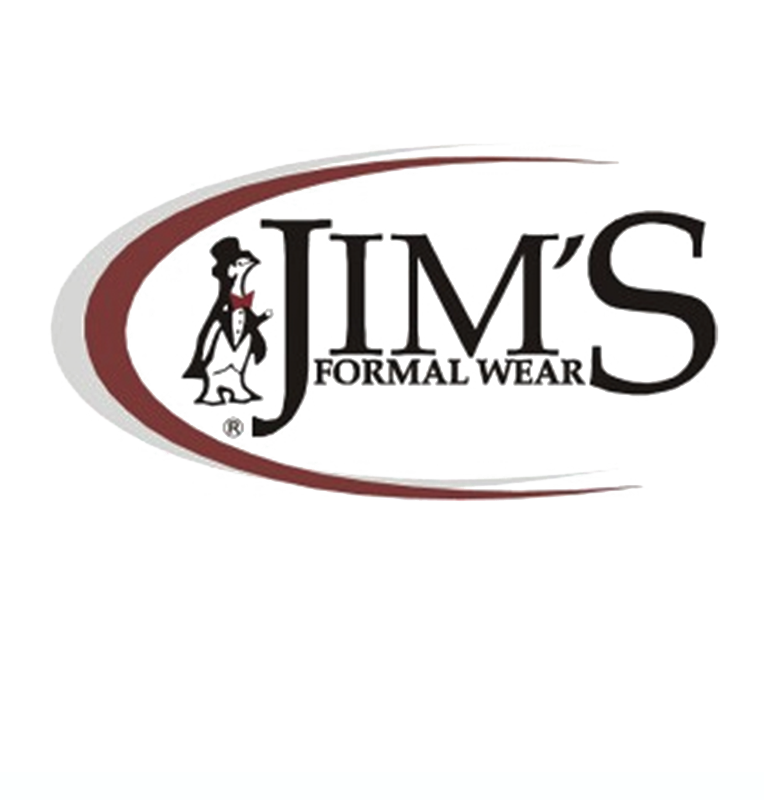
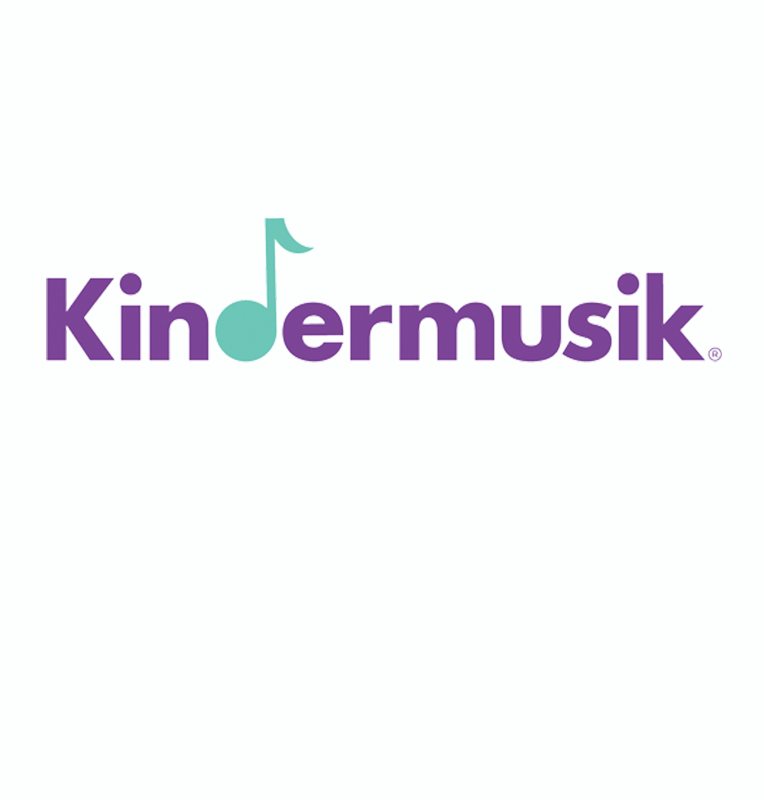
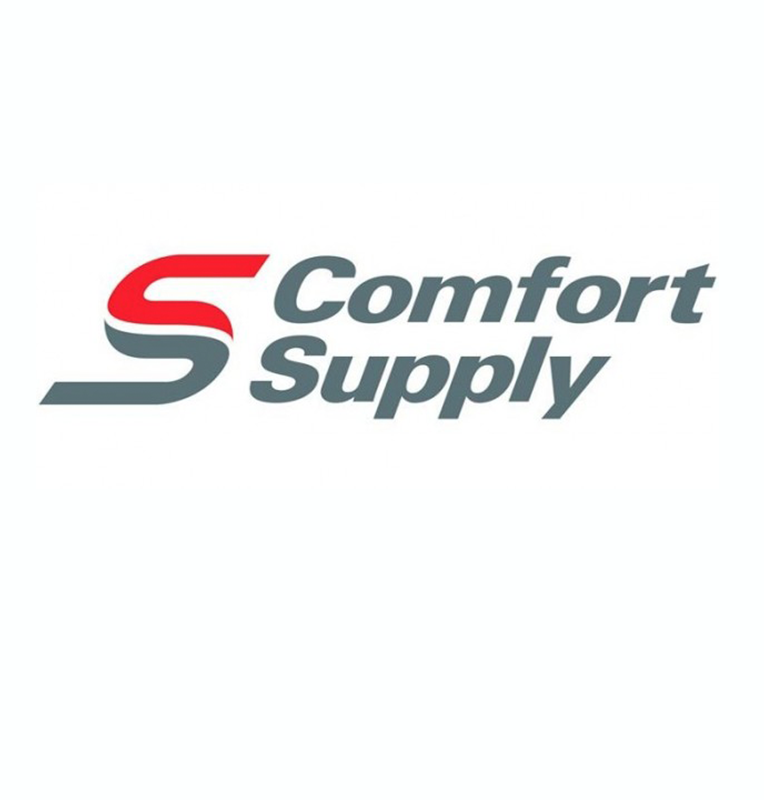

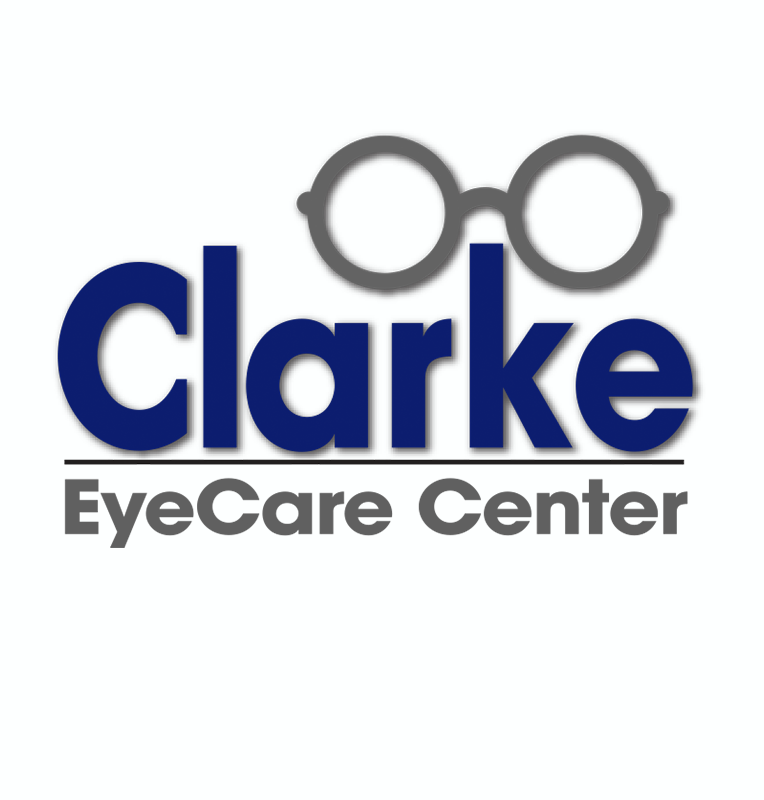
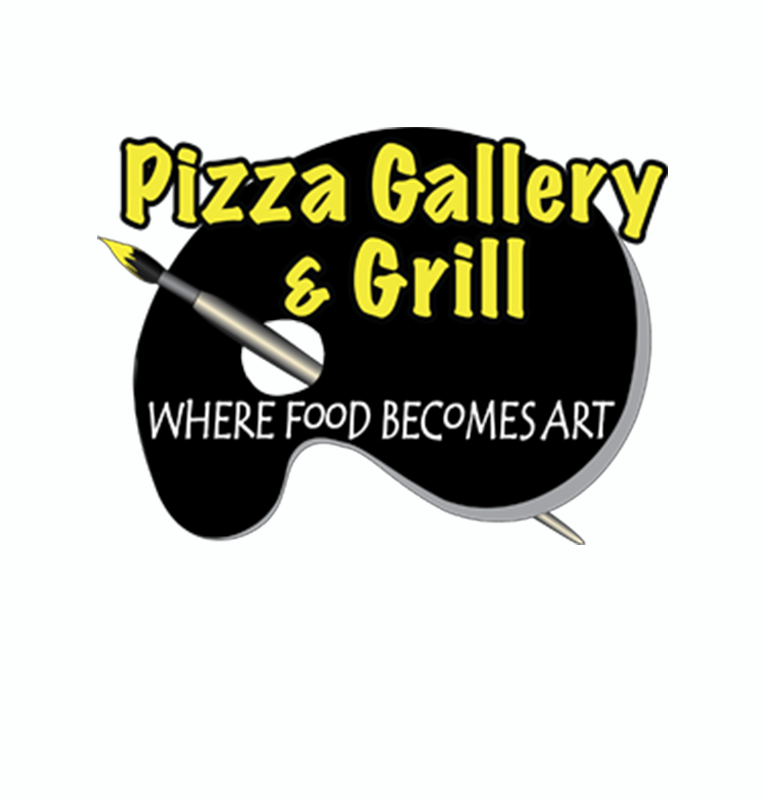
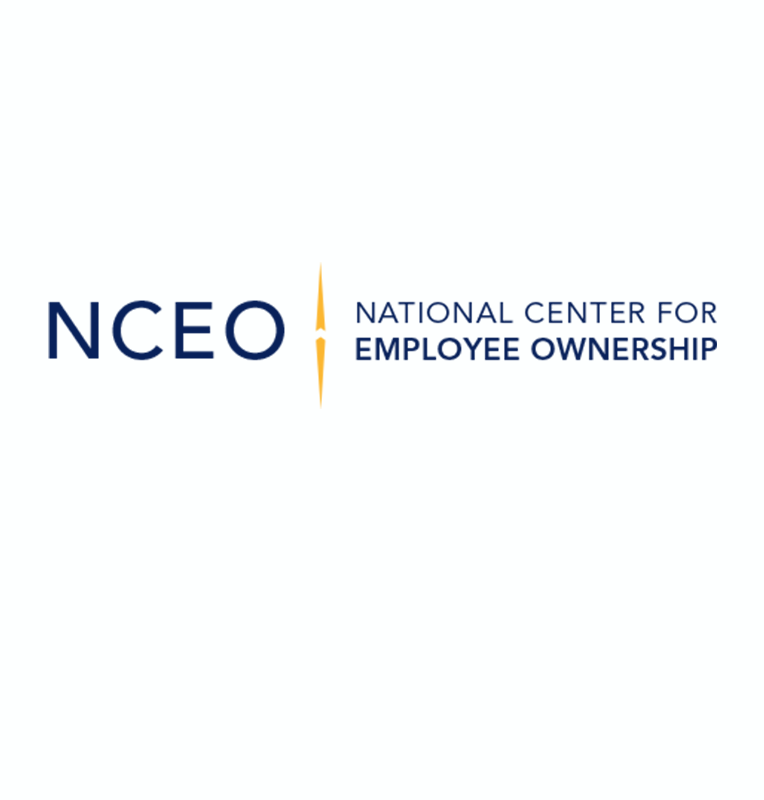
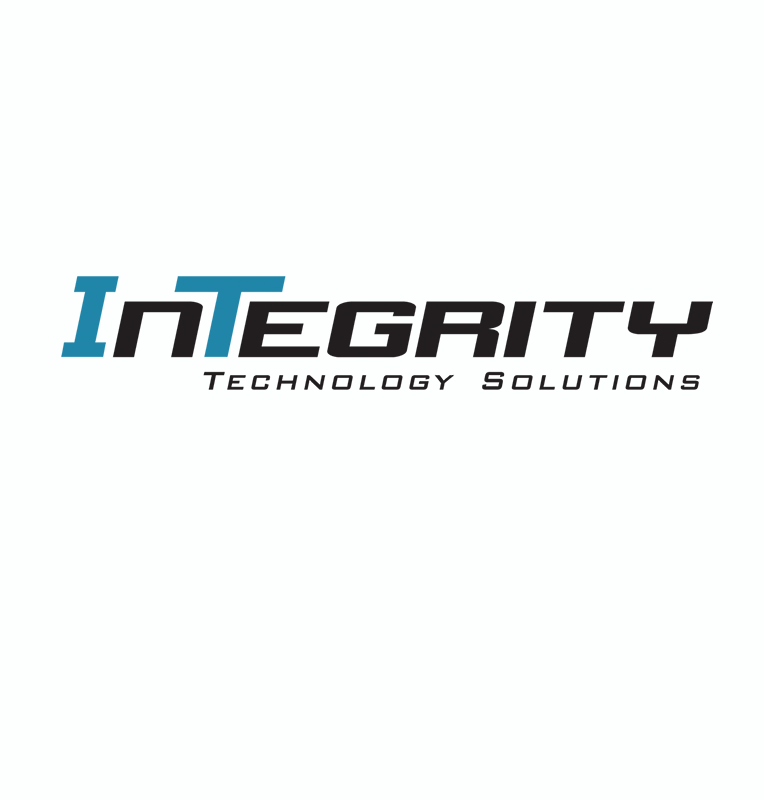

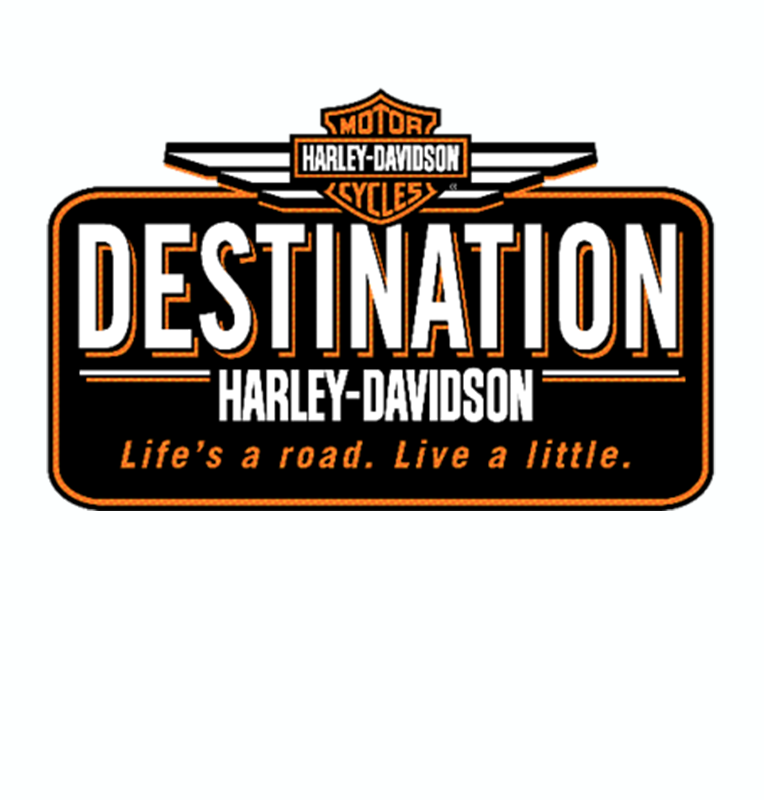
.png)
